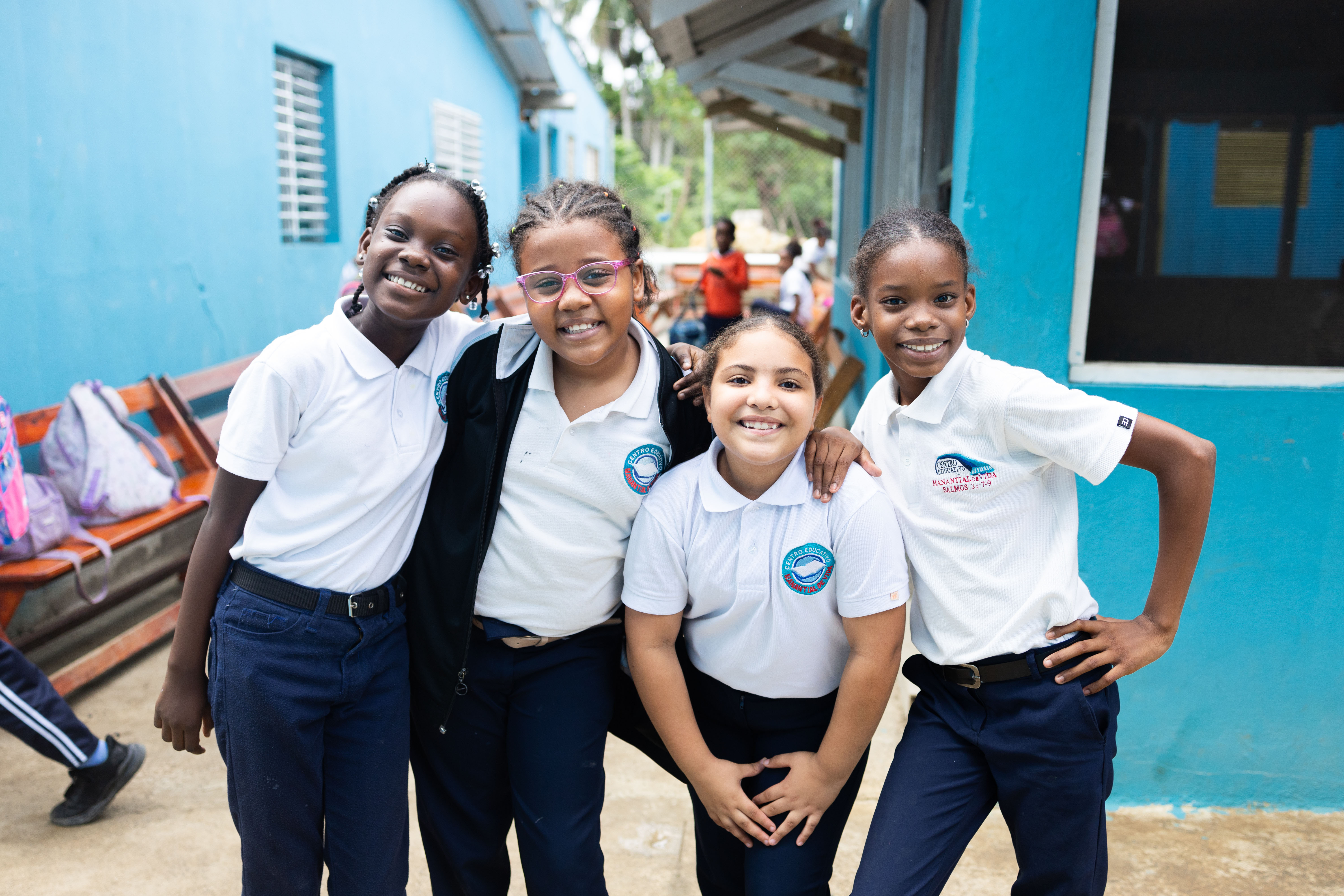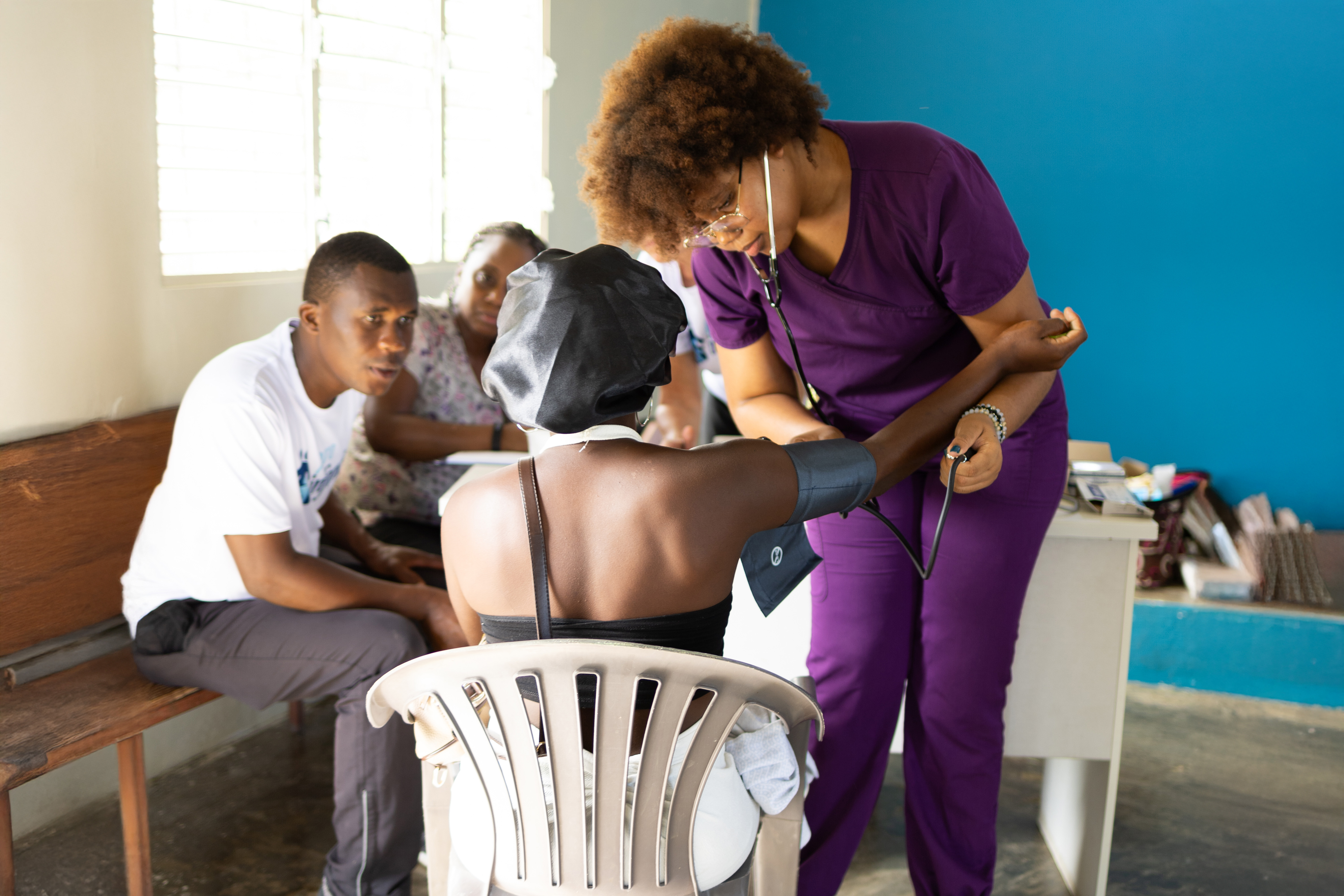Dominican Republic
The Dominican Republic is, together with Haiti, part of the island of Hispaniola. Dominicans have experienced political and civil disorder, ethnic tensions, export-oriented booms and busts, and long periods of military rule.
The Dominican Republic, together with Haiti, is part of the island of Hispaniola in the Caribbean Sea. In pre-Columbian times, the nation’s coasts and interior plains were inhabited by Taíno. Throughout the colonial period, the population of European colonists and African slaves grew slowly. Their Mulatto descendants now predominate in most regions of the country. The population of the Dominican Republic was approximately 10.7 million in 2019. Santo Domingo, the national capital, is the center of the nation’s most densely populated regions on the southern coast. Santo Domingo was founded by the Spanish in 1496 and was the first permanent town established by Europeans in the Americas. Dominicans have experienced political and civil disorder, ethnic tensions, export-oriented booms and busts, and long periods of military rule.
Although the Dominican Republic and Haiti share a lot of history, there are major differences between them. Approximately 1 million Haitian people live undocumented in the Dominican Republic, forming the biggest part of the population of the Dominican Republic who live in extreme poverty. Most of the Haitian people live in small rural communities, without access to health care, education, and other necessities. Hungry For Life’s local partner aims to support the poorest of the poor in these rural Haitian and Dominican communities.
Million people
Live in extreme
poverty
Lack access to clean
water
Lack access to basic
sanitation
Lack basic literacy
Lack employment
Year life expectancy
Communities

Community Outreach

Community Outreach

Community development

Days For Girls Proinfancia

Education

Leadership development

Medical support
Related blog posts
Stay connected with us
Keep up to date with the latest news and information from Hungry For Life.





